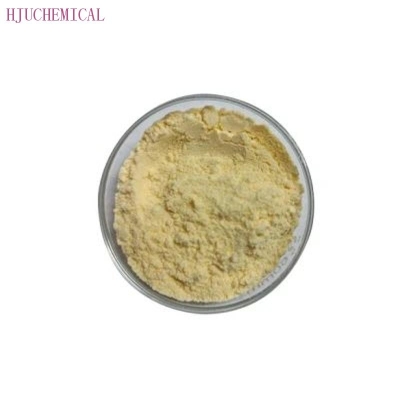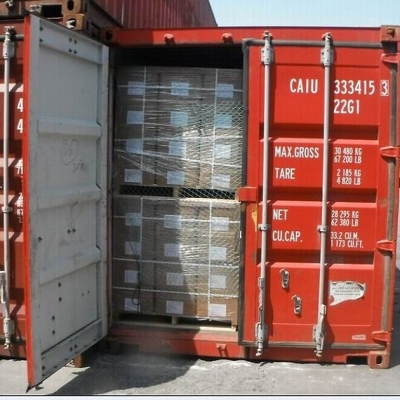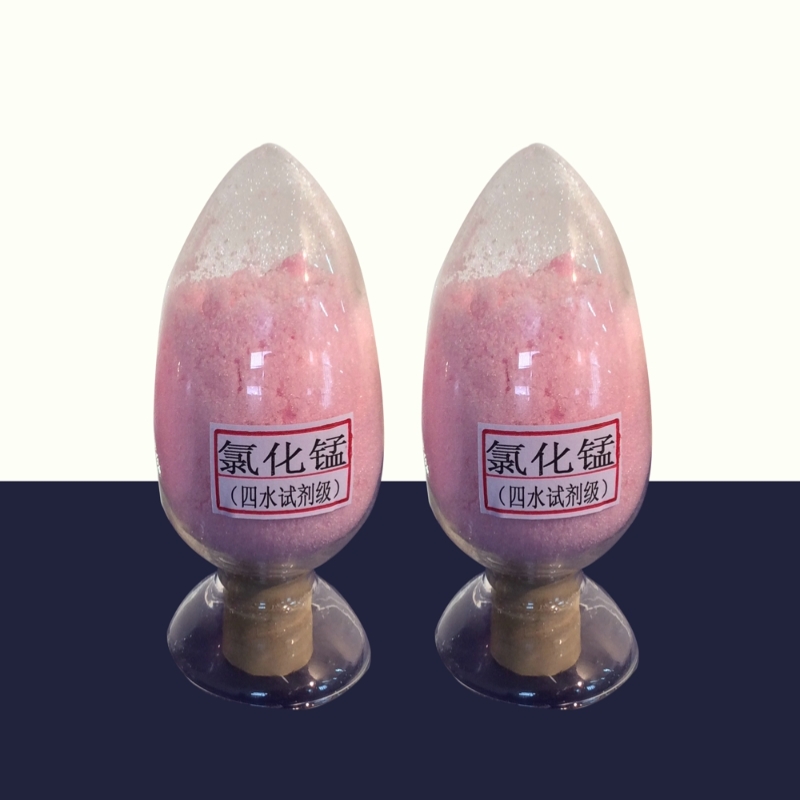-
Categories
-
Pharmaceutical Intermediates
-
Active Pharmaceutical Ingredients
-
Food Additives
- Industrial Coatings
- Agrochemicals
- Dyes and Pigments
- Surfactant
- Flavors and Fragrances
- Chemical Reagents
- Catalyst and Auxiliary
- Natural Products
- Inorganic Chemistry
-
Organic Chemistry
-
Biochemical Engineering
- Analytical Chemistry
- Cosmetic Ingredient
-
Pharmaceutical Intermediates
Promotion
ECHEMI Mall
Wholesale
Weekly Price
Exhibition
News
-
Trade Service
Zirconium sulfate is an important chemical compound that is widely used in various industrial applications.
It is commonly synthesized through several different chemical routes, each of which has its own advantages and disadvantages.
In this article, we will discuss some of the most commonly used synthetic routes for zirconium sulfate.
Chemical Route 1: Hydrolysis of Zirconium Oxide
The hydrolysis of zirconium oxide is the most common and economical method for the production of zirconium sulfate.
In this process, zirconium oxide is reacted with sulfuric acid to form zirconium sulfate.
The hydrolysis reaction is exothermic and requires careful control to avoid excess heat generation that can lead to undesirable side reactions.
The reaction can be carried out in a batch or continuous process, and the reaction conditions can be optimized to achieve the desired product quality and yield.
The reaction can be represented as follows:
ZrO(2) + H2SO4 → ZrSO4 + 2H2O
Chemical Route 2: Oxidation of Zirconium to Zirconium IV Oxide
Zirconium sulfate can also be produced by the oxidation of zirconium to zirconium IV oxide, followed by hydrolysis.
In this process, zirconium is reacted with an oxidizing agent such as potassium permanganate, sodium hypochlorite, or nitric acid to form zirconium IV oxide.
The resulting oxide is then treated with sulfuric acid to form zirconium sulfate.
This method is less commonly used than the hydrolysis route, but it has the advantage of providing a higher degree of sulfate ion substitution.
The reaction can be represented as follows:
Zr + 2MnO4 + 6H2O → ZrO4 + 2MnO2 + 6H+ + 6e-
ZrO4 + 2H2SO4 → ZrSO4 + 2H2O
Chemical Route 3: Direct Sulfonation of Zirconium
Zirconium sulfate can also be produced by the direct sulfonation of zirconium metal or zirconium oxide.
In this process, zirconium is reacted with sulfuric acid directly to form zirconium sulfate.
This method is less commonly used because it requires high temperatures and pressures and can be more expensive than the hydrolysis route.
The reaction can be represented as follows:
Zr + 2H2SO4 → ZrSO4 + 2H2S + 2H2O
In summary, zirconium sulfate can be synthesized through several different chemical routes, including hydrolysis of zirconium oxide, oxidation of zirconium to zirconium IV oxide followed by hydrolysis, and direct sulfonation of zirconium.
Each route has its own advantages and disadvantages, and the choice of route depends on factors such as the desired product quality, yield, cost, and reactivity.







